Millet magic: Kodo and Kutki calling in Chhattisgarh
This monsoon, after a gap of 15 years, Gond adivasi farmers across eight villages of Gaurella-Pendra-Marwahi district return to their roots, cultivating local varieties of millets. They had switched to paddy due to government policy promoting it and lack of viable rates for millets.


Ramkali shows off kodo millet in Bhandi village of Pendra. Photo: Hari Sendram
Forty-five-year-old Hari Sendram, a Gond adivasi from Bhandi village, is eagerly awaiting this year’s monsoon rainfall. After a long gap of almost 10 years, he is returning to the traditional practice of growing local minor millets like kodo, kutki and kangi (foxtail millet).
“We have to prepare our lands before the monsoon rains. Kodo, kutki and kangi are our traditional grains,” Sendram told Gaon Connection. He has a list of 19 farmers in his village who will grow minor millets this year.
Meanwhile, to promote millets in the state, in January this year, Chhattisgarh chief minister Bhupesh Baghel announced procurement of kodo and kutki under Minimum Support Price (MSP), for the first time.
M Geetha, state agriculture secretary and agriculture production commissioner, told Gaon Connection that the state minor forest produce federation would collect, market and process kodo and kutki. The MSP would be decided by a committee set up by the agriculture department.
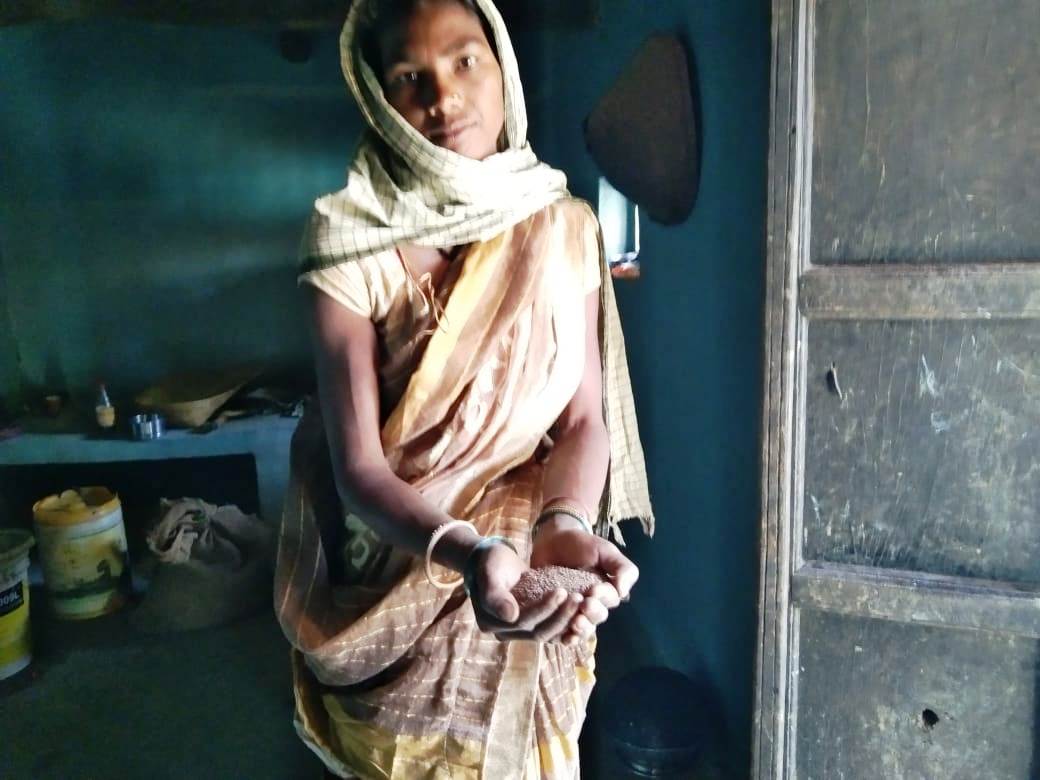
Till a decade ago, tribal farmers in Bhandi village of Gaurella-Pendra-Marwahi, a newly carved district in Chhattisgarh, 212 kilometres (km) from state capital Raipur, had enough seed stock of traditional minor millets such as kodo and kutki. But, over the years, they switched to paddy cultivation due to low prices for millets, and government policy that encouraged paddy cultivation. Today, barely five of 694 households in Bhandi have seed stock of millets left.
Now, there’s a movement to restore millet cultivation. The National Institute of Women, Child and Youth Development, a non-profit headquartered in Nagpur, has begun work with over 500 farmers in eight villages in Gaurella-Pendra-Marwahi district to urge them to grow millets on at least 0.2 hectare each. It has already procured millet seed stock from Madhya Pradesh for distribution in the district.
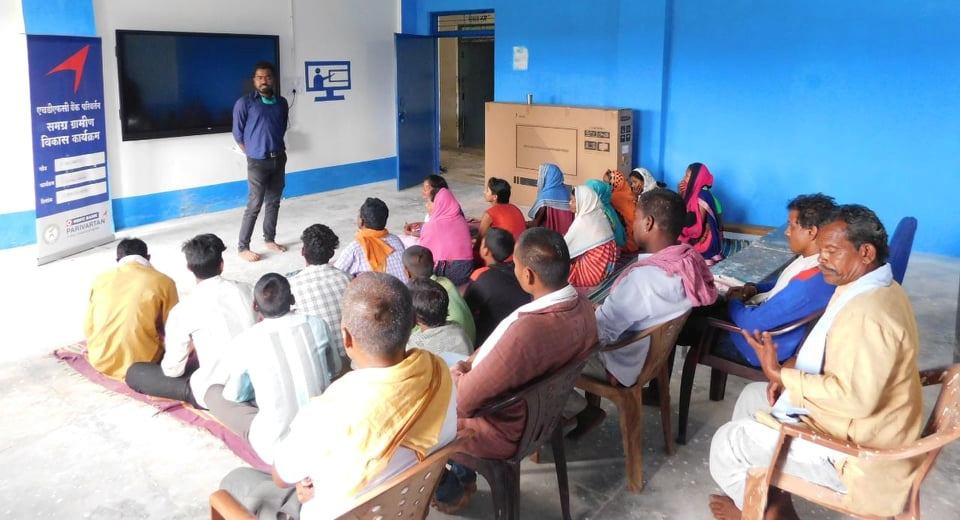
Millets are hardy crops, need less water and can grow on less fertile soil as well. They are a good source of nutrition, and consumption of kodo and kutki is said to be good for convalescence.
Mandakini Koshariya, block programme manager of the National Rural Livelihood Mission in Pendra block said mobilisation work is on in an active manner. Many women’s self help groups are being readied to spread awareness about the benefits of raising millets.
“Adivasis have always used millets in their meals but paddy displaced them due to the minimum support price it received. Millets are undervalued, and we need to support communities producing them. We will bring minor millets back in the food basket of the tribal population,” Geetha told Gaon Connection.
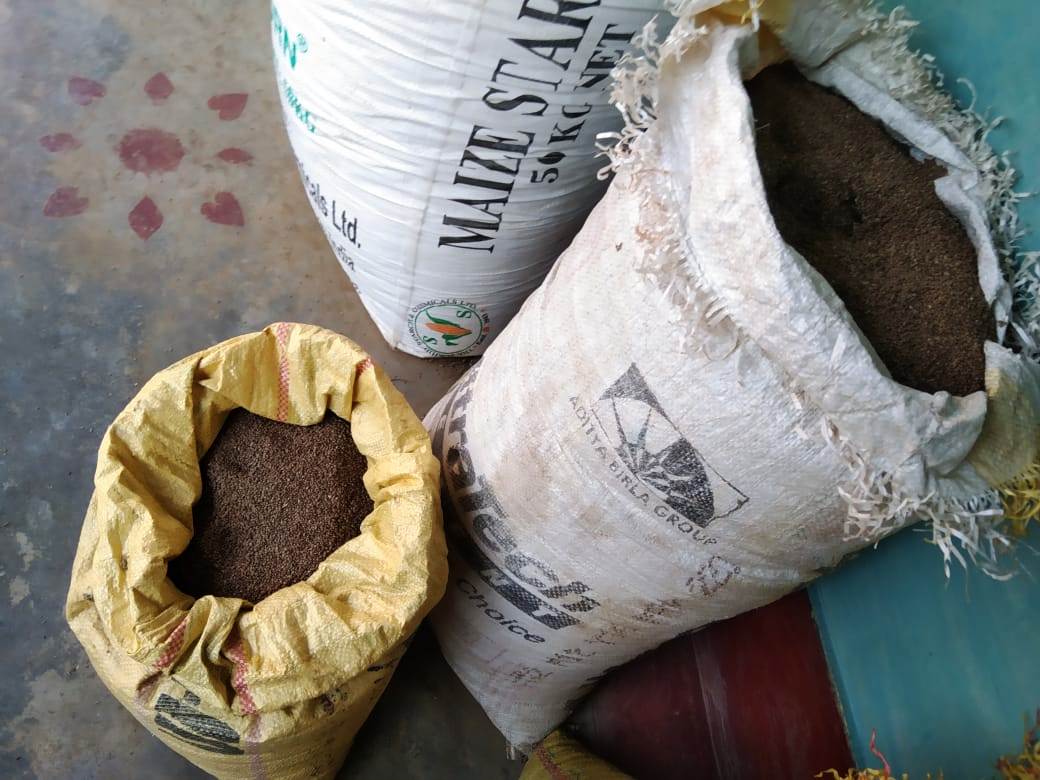
Issues with millet cultivation
Forty-year-old Kripal Singh of Bhandi cultivates rice on 1.21 hectares. He has not cultivated millets for 10 years now. “No one bought our produce in the market. Millets are small in size, and polishing as well as dehusking them is time consuming and tough, and the women at home do it. I will resume millet cultivation this monsoon. If I get a good rate, I will continue,” he told Gaon Connection.
Similar concerns are echoed by Sendram whose five-member family owns 2.02 hectares of flat land suitable for paddy cultivation. “Earlier, many farmers like me used to cultivate kodo and kutki. Currently, we do not raise minor millets as they don’t fetch a good rate in the market compared to paddy,” he told Gaon Connection.
Gond farmers pointed out that while some paddy varieties sell between Rs 25 and Rs 30 a kilogramme (kg), sometimes going up to Rs 50 a kg for the Vishnu bhog variety, farmers consider themselves lucky if they get Rs 19 for a kg of minor millets.
In Bhandi, Sendram pointed out, most agricultural lands have been converted into paddy lands. Kodo and kutki cannot grow on lands meant for paddy, as rice fields are flooded while millets need very less water.
Gaurav Gupta, project manager with the National Institute of Women, Child and Youth Development said that during meetings with the communities in the villages, it became clear that the farmers had turned to paddy for profit. “As a result, many tribal children do not have knowledge about millets anymore. As part of our project, we are planning to collectively grow kodo and kutki in 80.93 hectares of land in the district this monsoon, and are mobilising farmers for this,” Gupta told Gaon Connection.
Sendram admitted that tribal people are gradually losing their food tradition. “Apart from the nutritious kodo grain, the straw of the plant has been traditionally mixed with mud to build walls. Many homes in Bhandi have these walls and they have lasted years. The millet husk is fed to cattle. We use every part of it,” Sendram told Gaon Connection.
Also Read: Vocal For Local: An alliance with millets
Another reason why farmers are turning away from millets is that kodo and kutki cannot grow on land meant for paddy. They grow on stony and sandy (bharra) soil that is reddish in colour. Also, millets are mostly cultivated on slopes while the plains are suitable for paddy due to the waterlogging.
Gond adivasi farmer Itwar Singh from Bhandi, who is 55 years old, said gravelly soil without clay is ideal for millets. However, at present, such land is used to raise groundnuts. “Last year, my brother cultivated millets on a very small scale on less than an acre [0.4 hectare] and used it for home consumption. In this region, paddy cultivation has been promoted due to the construction of canals, and millets have been neglected,” he told Gaon Connection.
Apart from cultivation of millets, farmers are being urged to collectively grow spices such as turmeric and coriander on 202 hectares in the district, informed Gupta.
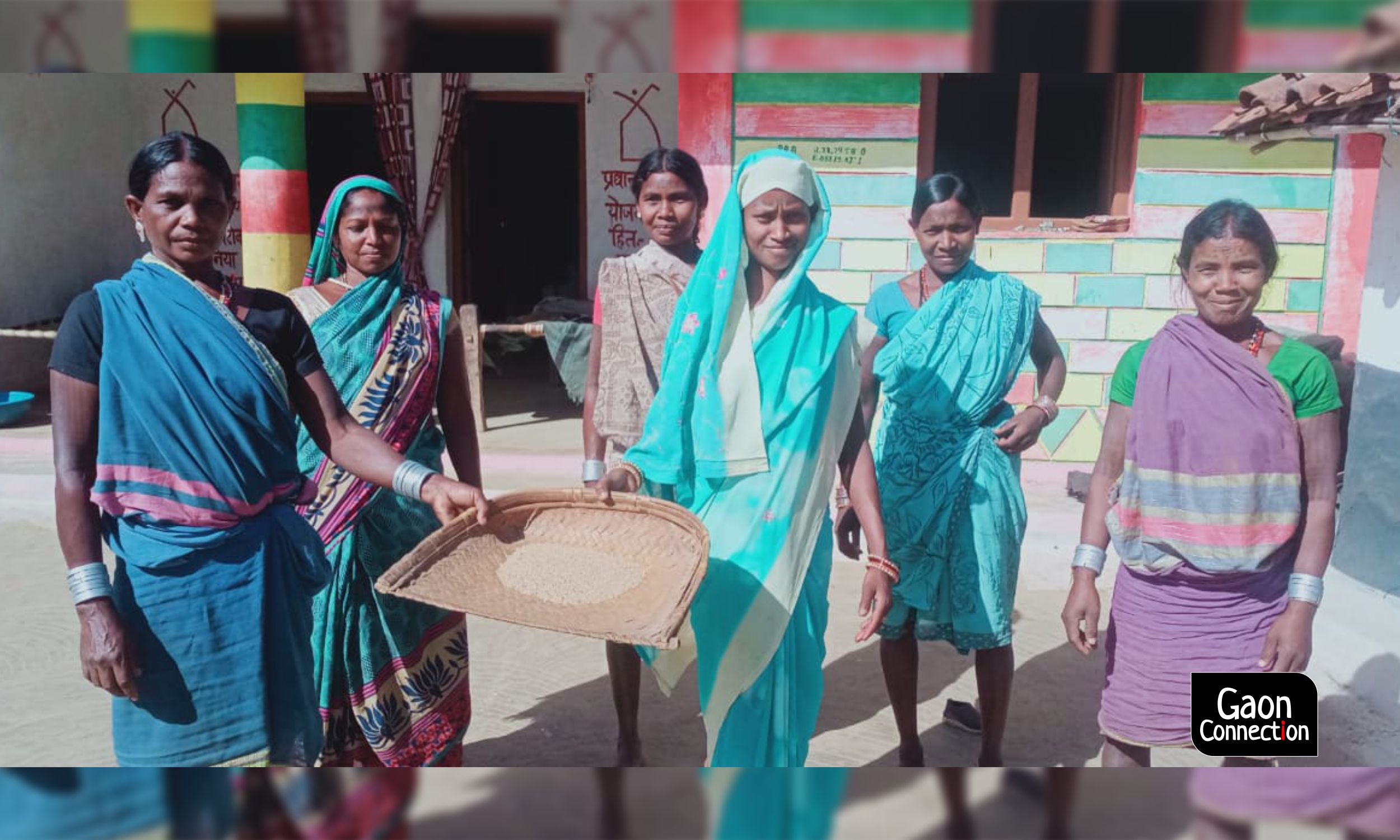
The Amaniya example
Chhattisgarh agriculture secretary Geetha told Gaon Connection that 57 per cent of the state’s millet production was from tribal-dominated areas.
In Amaniya village of Pandariya block in Kabirdham district, about 145 km from Pendra, people belonging to the Baiga tribe have continued the tradition of cultivating minor millets such as kodo and kutki. Sundar Singh Baiga, who heads the village forest management committee, explained that lands in his village are more suitable for millets, though some farmers cultivate paddy too.
Most farmers here have lands ranging from 0.40 to 2.02 hectares. Kodo is sown during June and July and is ready to harvest by October and November. Kutki is sown in September and October.
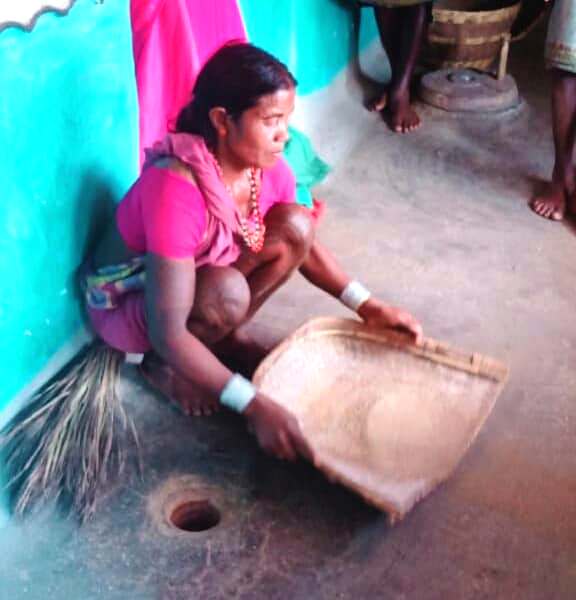
Binda Dhurve, a member of the Maa Ganga self-help group in Amaniya, said one kilogramme of unprocessed kodo sells between Rs 18 and Rs 20 while kutki fetches Rs 25. “We sell this to traders who come to the village and also in the nearby market. We relish kodo rice at home,” she told Gaon Connection.
Processing millet takes a toll on the women. Dhurve said that at tribal homes, millets are de-husked using traditional tools such as the jatta, a round earthen structure set on the floor. This takes two hours for a kg of millet. After this, they pound and polish the millets using the kari-musar (mortar and pestle) made of sheesham or North Indian rosewood (Dalbergia sissoo).

But, Dhurve would not have it any other way. “When we process millets at home, the taste of the grain and its nutritive qualities are retained. We can store them for years in sacks if we don’t remove the husks,” she explained.
Market linkage and government intervention
The forest department is also working to promote cultivation of kodo and kutki, Dilraj Prabhakar, Kabirdham divisional forest officer, said. “As the Baigas in Amaniya grow organic kodo, we step in to give them market linkage and send some of the produce in our vehicles, whenever there is space, to Raipur. The processed grains fetch them seventy rupees a kilo. The department is also working to set up a millets processing unit in Pandariya block,” he told Gaon Connection.
Dwiji Guru of the Millet Foundation, a public trust based in Bengaluru, welcomed the Chhattisgarh government’s move to procure millets. “It is good the government will start procuring millets. It would be better if the policy for distribution is also announced. There hasn’t been much investment in millets, and real change is needed on the ground,” he told Gaon Connection.

Incidentally, on March 3 this year, the UN General Assembly unanimously adopted a resolution that was initiated by India, Bangladesh, Kenya, Nepal, Nigeria, Russia and Senegal, and co-sponsored by over 70 nations, to declare 2023 as the International Year Of Millets. This is expected to raise awareness about the suitability of its cultivation under changing climatic conditions, and its health benefits.
A definite problem area would be that lands of Gaurella-Pendra-Marwahi district in Chhattisgarh used to grow paddy cannot be converted overnight to raise millets. As Sendram pointed out, hardly 10 per cent of the land is suitable for millet cultivation.
But, a beginning has been made, and the hope is that traditional grains would make a comeback in the diets of tribal people and those living elsewhere, once again.

